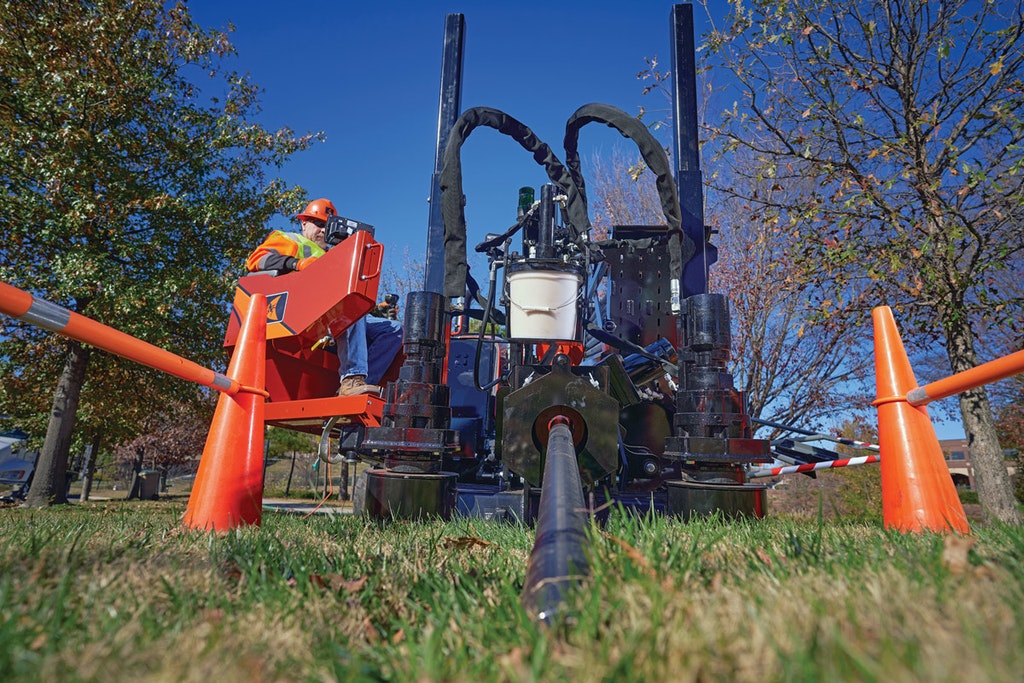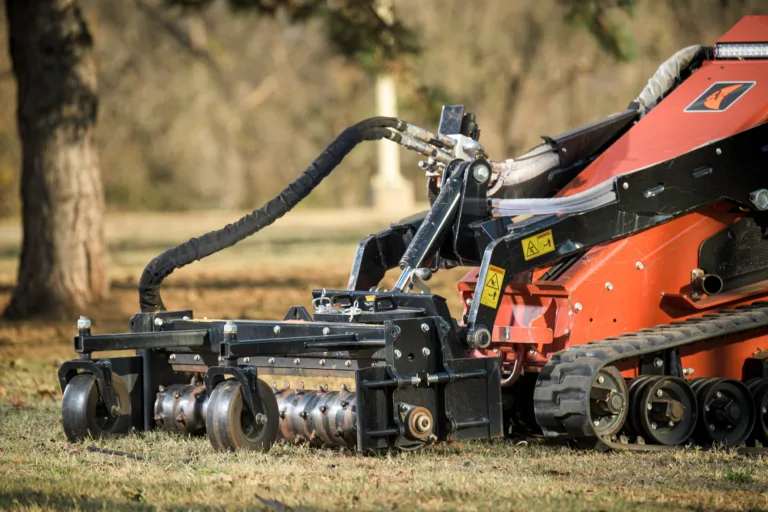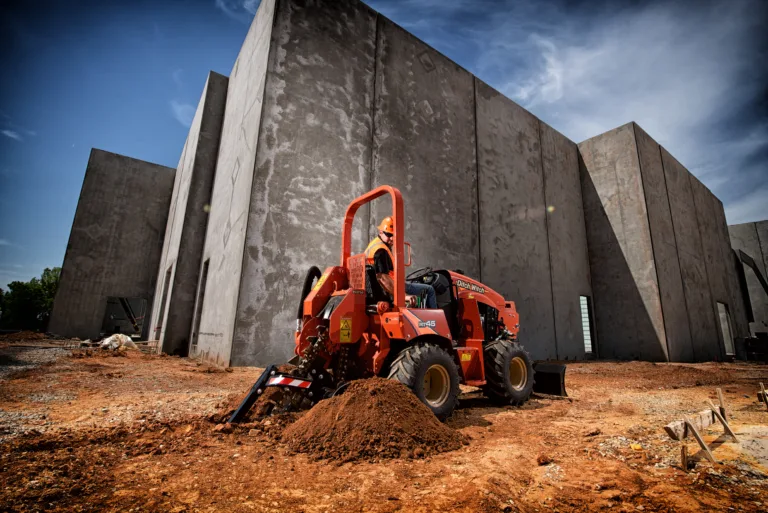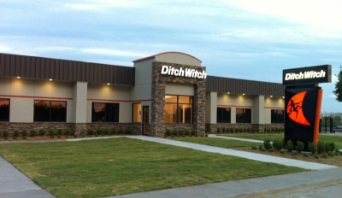By Cory Maker (Product Manager, Ditch Witch Division)
From Dig Different
When utility contractors talk about their biggest horizontal directional drilling (HDD) pain points, the workforce shortage is consistently near the top of the list.
Due to the lack of available workers, HDD contractors must run fewer crews and are forced to adhere to tighter timelines as they move from one job site to the next. Some contractors even report having the work demand to staff up to six more underground construction crews. But with no one to operate their machines, they can’t take on the jobs, which results in missed revenue opportunities.
To combat this issue, manufacturers are focusing their efforts on improving equipment to help ease the strain of the workforce shortage and increase job site efficiency. One way that manufacturers are supporting the workforce is through maintaining machine design and consistency across contractors’ HDD fleets. Here are examples of how machine commonality is helping boost productivity, reduce downtime and increase overall return on investment (ROI).
REDUCE TRAINING TIME
HDD operators know that training and safety are essential to the success of an underground operation. Before boots can even hit the ground, crews should have received some form of operator training on the machines they’ll be piloting.
Training provides the tools and techniques necessary to complete a variety of underground construction projects and is imperative in keeping crews safe. However, as the HDD industry continues to evolve, so do the machines.
Some drills are redesigned to feature boosted power while others offer increased stability and maneuverability for compact job sites. But regardless of the upgrades, contractors are looking for machines that are easy to learn and operate, and don’t require ongoing training — especially with the workforce shortage constricting operators’ time. That is why manufacturers are increasingly designing their drills with commonality in mind.
By maintaining commonality across their machine fleets, manufacturers create a familiar working environment for operators so that they don’t have to spend an overwhelming amount of time learning a different drill. This saves operators unwarranted downtime and reduces the risk of operators damaging a drill because they used the wrong machine function. Simply put, if operators are trained on one drill, then they fundamentally can operate them all.
DIFFERENT JOB, DIFFERENT MACHINE, SAME CONTROLS
The demand for underground work is increasing across applications, 5G installation is booming and demand for residential work like irrigation installation is also at a high. With underground contractors facing job requests from multiple sources — and workforce challenges reducing the number of crews they can run — jumping from job to job quickly is a common occurrence in today’s market.
And to further complicate matters, contractors know that different jobs often require different drills. While a large drill may be a fit for fiber installation, installing an irrigation line is an entirely different beast and will require a smaller drill. Common drill designs help reduce confusion and allow workers to hop on different machines at different job sites and work without any hesitation.
For example, the Ditch Witch JT28 is one of the most powerful mid-size drills the company offers, but it has the same interface and control scheme as the JT5 — the most compact drill that Ditch Witch manufactures. The same operator can use both drills without having to learn a whole new system.
Aside from controls and electronic interfaces, some manufacturers offer the same drill operation across their pipe and tooling, features, operator platform and overall machine design. This helps operators feel more comfortable and confident moving from one drill to the next and minimizes any downtime spent learning a new drill. With the ability to move from drill to drill, operators can bid on more projects, boosting the overall ROI of the job site.
SIMPLIFY MAINTENANCE
Common drill designs also can simplify required downtime work like maintenance. And by keeping industry standards and best practices consistent across machines, manufacturers are putting contractors in a position for success.
Operators can quickly identify when a machine needs to be serviced or engage in daily maintenance requirements as they switch from one machine to the next, which helps keep the equipment safe, productive and efficient. To facilitate this, many manufacturers develop machines with easy-to-understand service manuals, proper tooling guidelines and equipment best practices that are easy to follow on any machine.
With more simplified maintenance routines and consistent system controls across drills, operators can also reduce the impact of downtime. For example, Ditch Witch directional drills are designed with no daily service points besides the need to check for fuel and oil, helping to minimize upkeep tasks. And with daily maintenance points found in one easy-to-access location across all directional drills, operators don’t have to spend valuable time on maintenance routines.
SOLVING THE INDUSTRY’S ACHILLES’ HEEL
HDD manufacturers are constantly innovating to keep up with industry standards and best practices. And by maintaining machine design and consistency, they can help operators reduce the amount of time spent on training and maintenance and seamlessly transition from one machine to the next. This will help contractors break into new industries and confidently take on more jobs, which is especially important since there is no shortage of work — just a shortage of workers.
ABOUT THE AUTHOR.
Cory Maker is the HDD product manager for Ditch Witch.






